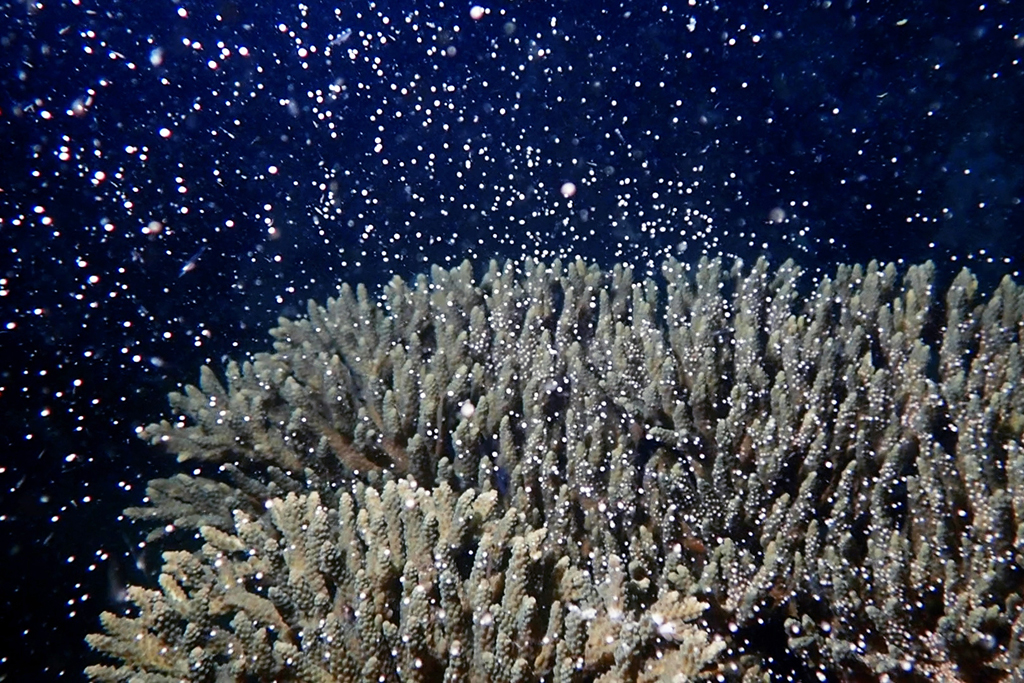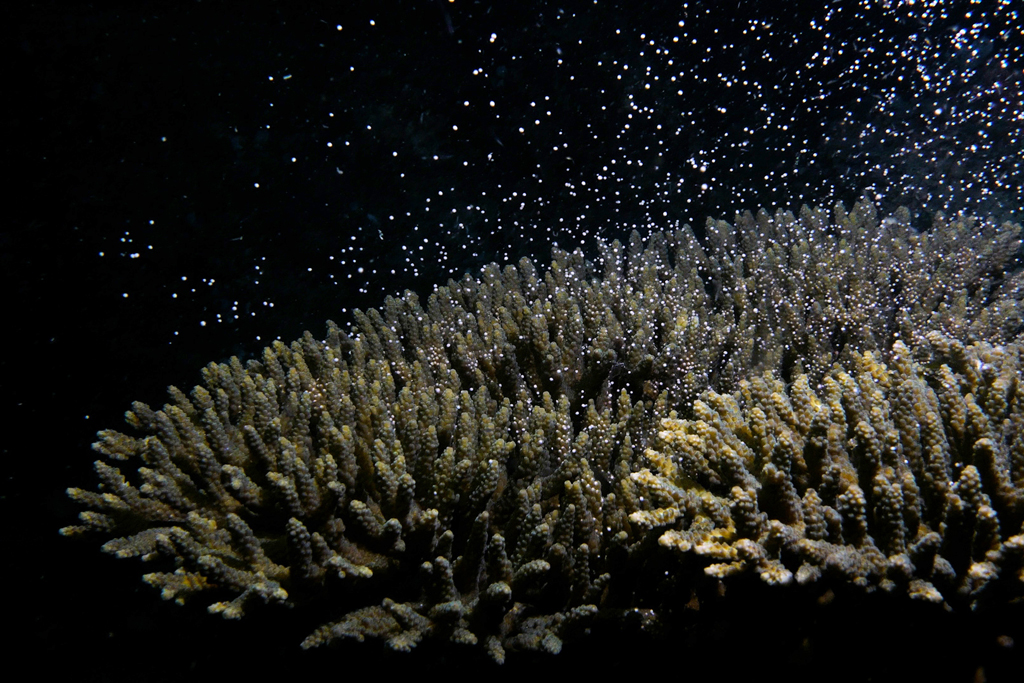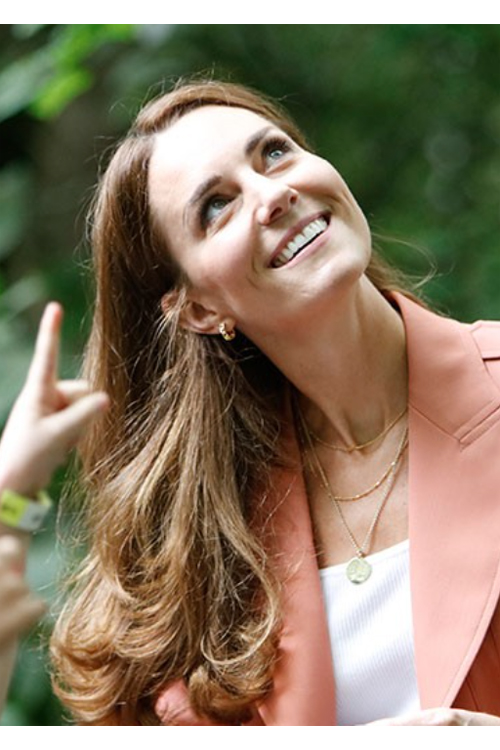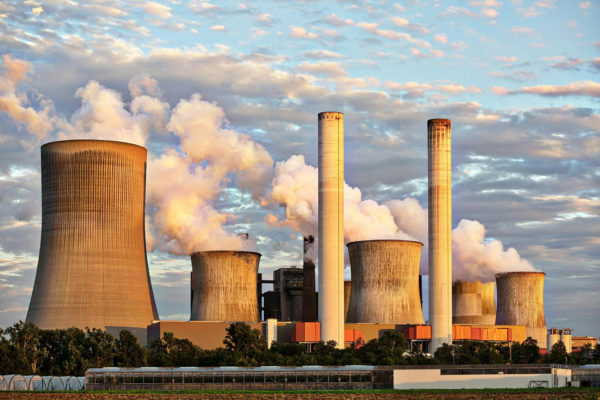WATCH: Conservationists Witness A Coral Reef ‘Explosion Of Life’ In Cambodia
By
1 year ago
It’s good news for Cambodian coral

Conservationists have witnessed synchronised mass coral reef spawning for the first time in Cambodian waters. Here’s exactly what it means, plus an insight into what it looks like.
Mass Coral Reef Spawning In Cambodia

© Matt Glue / Fauna & Flora
The mass spawning event was observed in the first week of March by Fauna & Flora’s Cambodia team, alongside local partners including Song Saa Foundation, Bubbles Up! Dive Centre and Cambodia’s Fisheries Administration and Ministry of Environment, with advice from Dr Rahul Mehrotra and Aow Thai Marine Ecology Center.
‘What a spectacular event to witness along our coastline,’ says Matt Glue, Fauna & Flora’s Marine Technical Specialist in Cambodia. ‘It was like an explosion of life as the reef released thousands of eggs – spreading as far as the eye could see.
‘Coral reefs provide a crucial habitat for marine life, as well as vital ecosystem services through tourism and fisheries that coastal communities in Cambodia rely on,’ Matt adds. ‘It is therefore enormously reassuring to see the coral here remains healthy, and this sighting will help to improve our knowledge of coral reproduction in the Gulf of Thailand.’
‘It was like diving in a Blue Planet documentary!’ says Anne Groeneveld from Bubbles Up!. ‘To see something so rare and special is amazing.’

© Sorn Srenh / Koh Sdach Commune
What Is Coral Spawning?
Coral spawning – also known as coral reproduction – is when entire colonies of coral reefs release their eggs and sperm at the same time. It typically occurs once per year, and the length of release varies from a few minutes to over an hour, depending on the coral type.
Why Is It Important?
Knowing when coral reproduction occurs is important for management, as it helps conservationists effectively deploy restoration techniques and assess the health of the coral. Mass spawning is a sign of coral reef health, so this event in Cambodia in particular is a promising sign that the coral has not been severely affected by major stressors like climate change.
‘Coral spawning is truly captivating, and it has left a lasting impact on my soul,’ says Sorn Srenh, Deputy Chief of Koh Sdach Commune. ‘When corals spawn, it is a sign that they are flourishing and that the environmental conditions are conducive to their survival and growth.’
What Does It Look Like?
‘It is difficult to explain, but the mass spawning is like snow, except instead of falling it moves up slowly, slowly. It is a wonderful spectacle,’ says Chantha Chroeng, a Marine Species & Ecosystems Officer at Fauna & Flora. Fancy seeing it for yourself? Watch below.
Video © Sorn Srenh/Koh Sdach Commune
EXPLORE
More information on this work, and how the public can support it, can be found at fauna-flora.org







